Shanghai White List
The government of Shanghai, a city of ~28m (more than the entire population of Australia and a bit less than the population of Texas) with a GDP greater than that of Sweden, and home to the country’s biggest port, issued “Guidelines for the Preservation and Control of the Epidemic of Shanghai Industrial Enterprises Resuming Work & Production”. As part of that report, 666 key enterprises were specified, including 62 IC related companies, including ASML (ASML), Applied Materials (AMAT) and Amkor (AMKR), and a number of display companies, including Merck (MRK), Toppan (7911.JP), and others. At the same time the report specified a number of ‘responsibilities’ that enterprises must adhere to, with specific reference to the ‘owner’ of the enterprise as the party held responsible for implementation.
Many of the rules are similar to more commonplace corporate level COVID-19 education and management planning for outbreaks, but the report also called for further delineation of ‘designated areas’, meaning separating the work zones and staff dormitories, but implementing strict rules as to entry and exit in the dormitories, similar to areas on the factory floor and limit entry for all non-employees unless they have had a negative COVID test within the last 48 hours. While these seem logical in light of the restrictions many of us have faced over the last two years, China is trying to limit exposure to those infected further as the recent outbreaks have slowed China’s growth and are beginning to eat away at the 30-day supply of raw materials that most factories have on hand. That said, these industries and companies will remain open during subsequent lockdowns in order to keep production from stalling.
Transportation to and from suppliers has been the real issue as many factories have been able to continue production, given the on-site dormitories for workers, but without regular restocking the Chinese government is beginning to understand that companies on the Mainland will slowly abandon the county if such strict lockdowns are continually implemented. China is already dealing with the increasing cost of worker salaries, which has pushed a number of companies to shift production to Vietnam and other Southeast Asian countries, and in the short-term will be feeling the impact of the current lockdowns if they continue into May. While China has a similar population density to Denmark or Thailand, with 64% of the population of China living in cities (up from ~36% 20 years ago), the risk of widespread outbreaks is a serious one, but also has to be measured against the economic result of such severe lockdowns. As the end of April approaches and raw material supplies are wearing thin, it seems China is trying to balance the COVID risk against both the short-term and long-term impact to its economy in a more realistic way, with concessions to key businesses and few, if any to the population, but transportation is based on people moving goods and that is the real issue. If there are no raw materials being moved there will be no reason to keep the factories open.
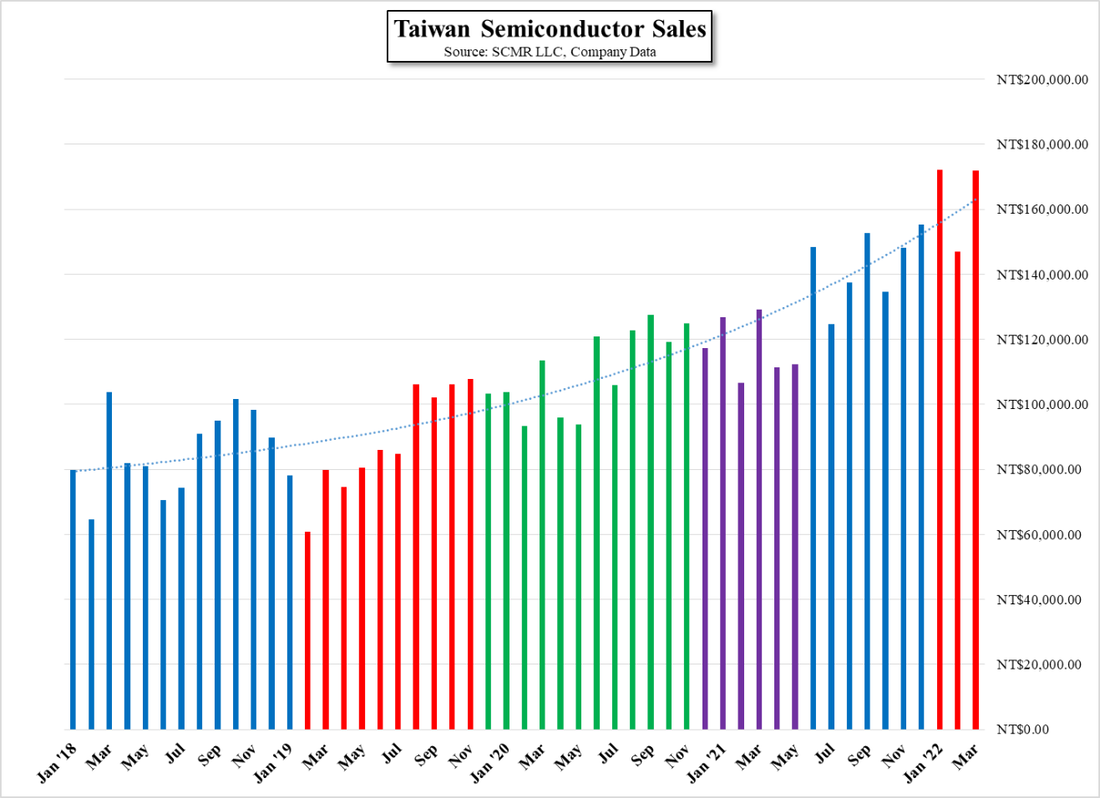
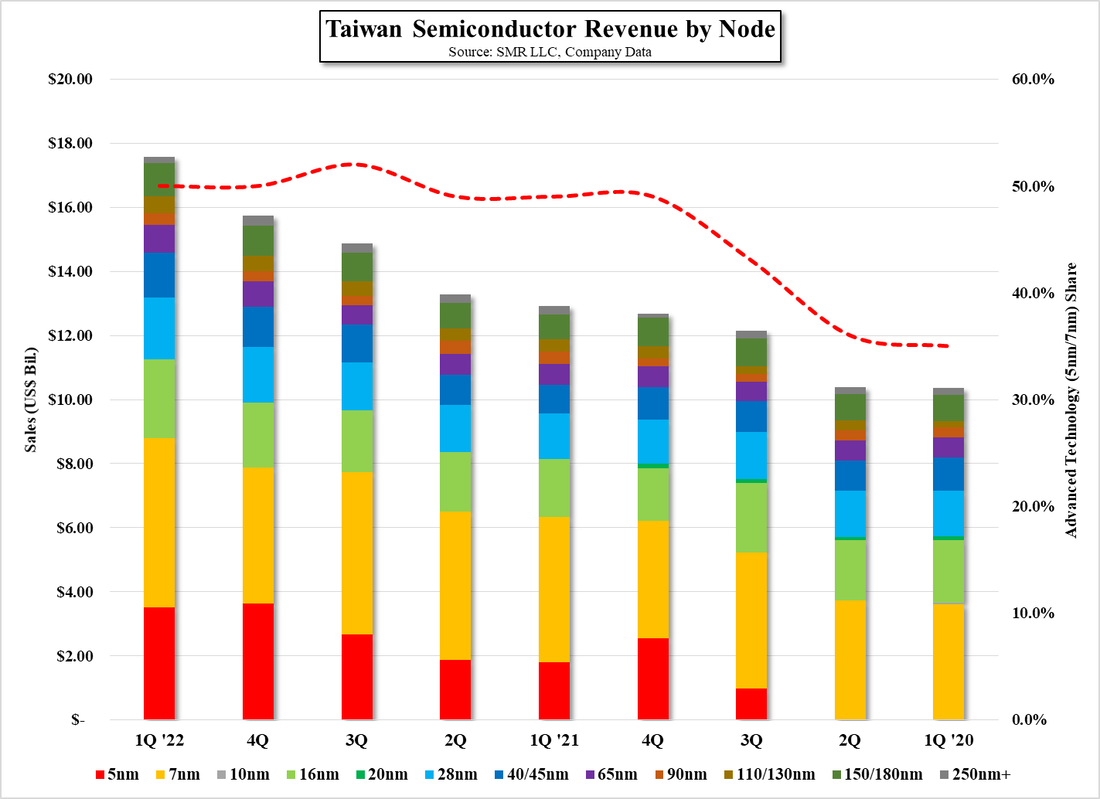
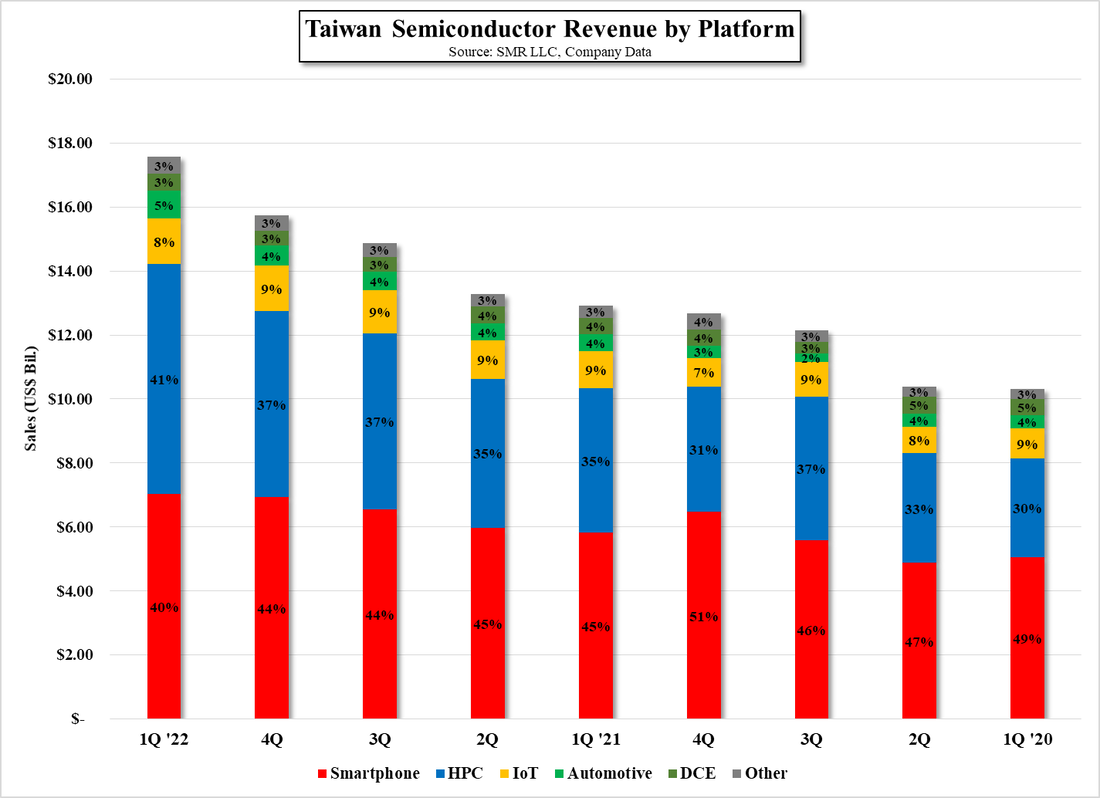










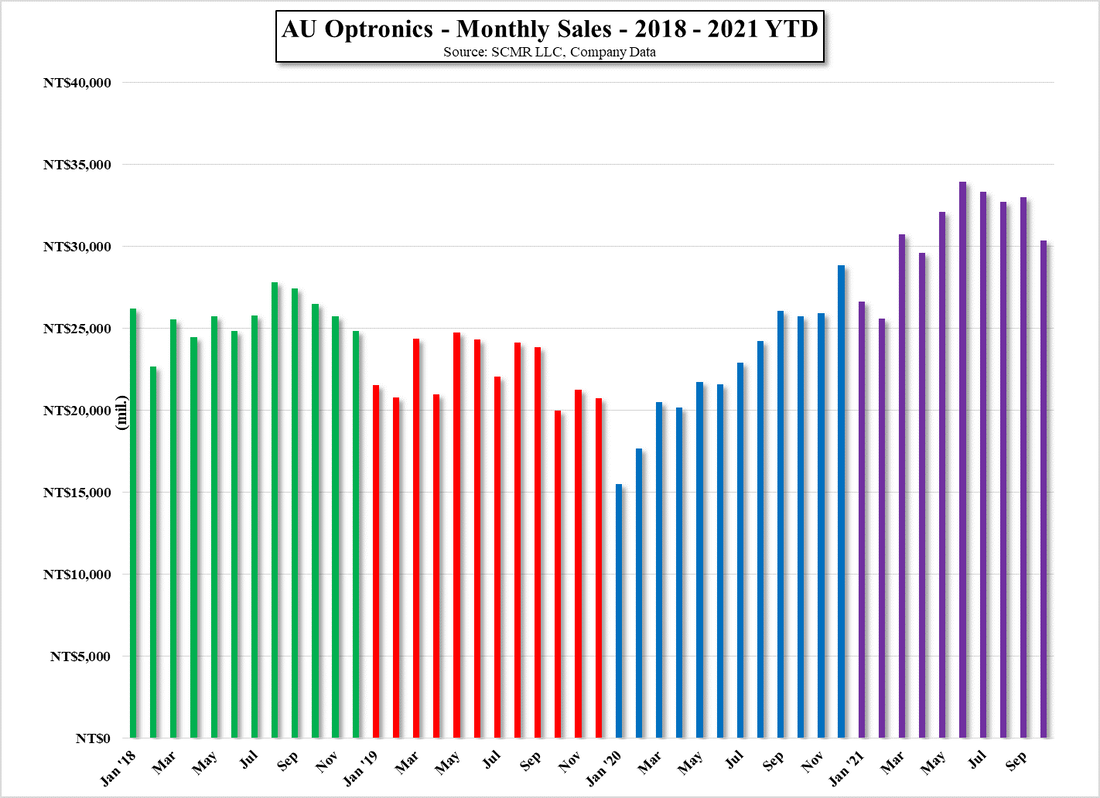

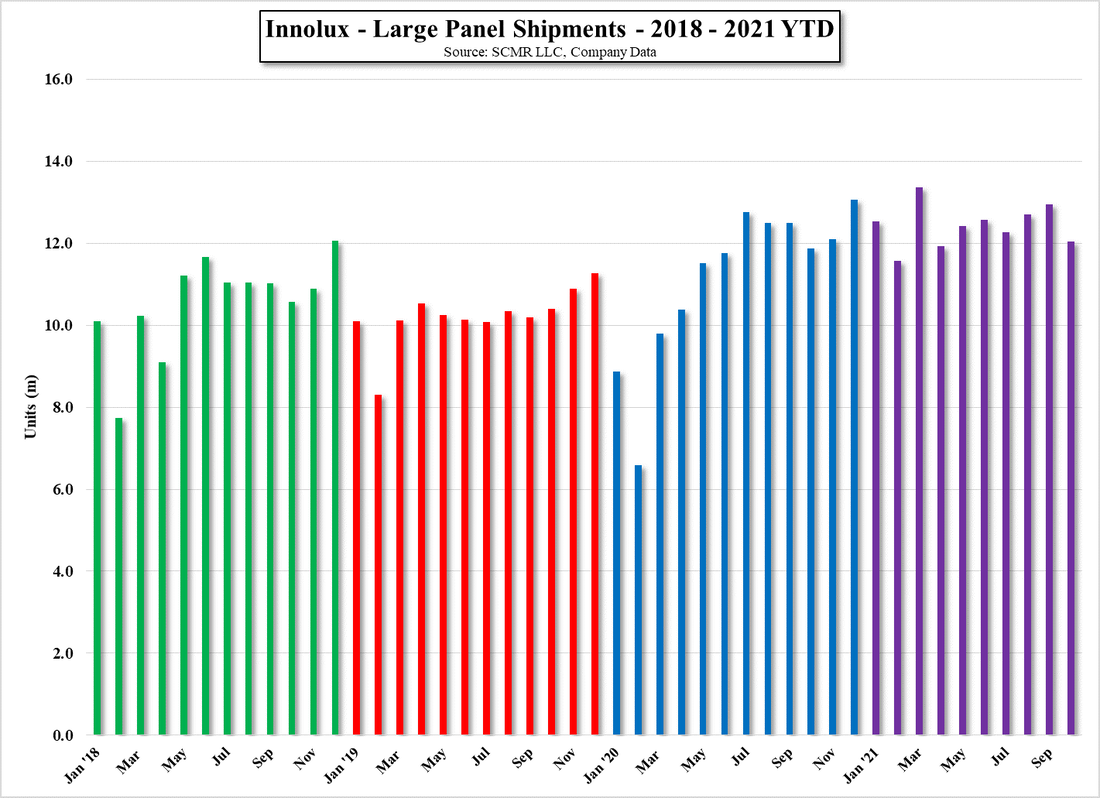
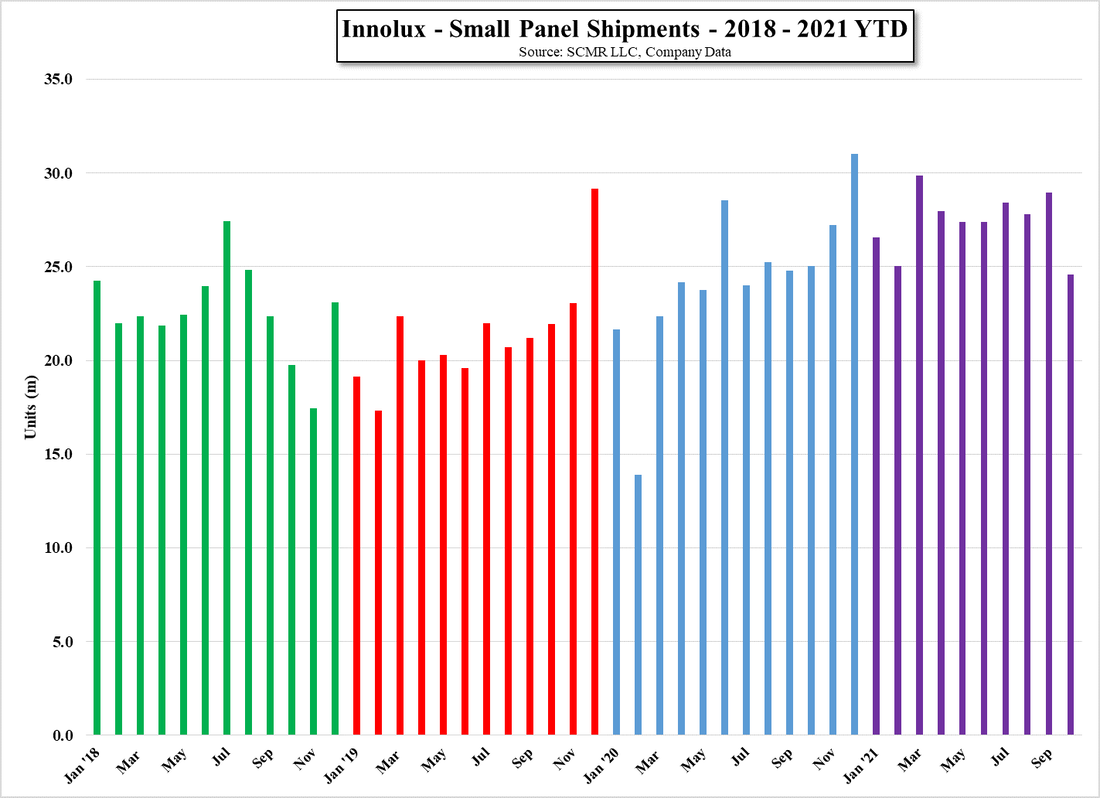
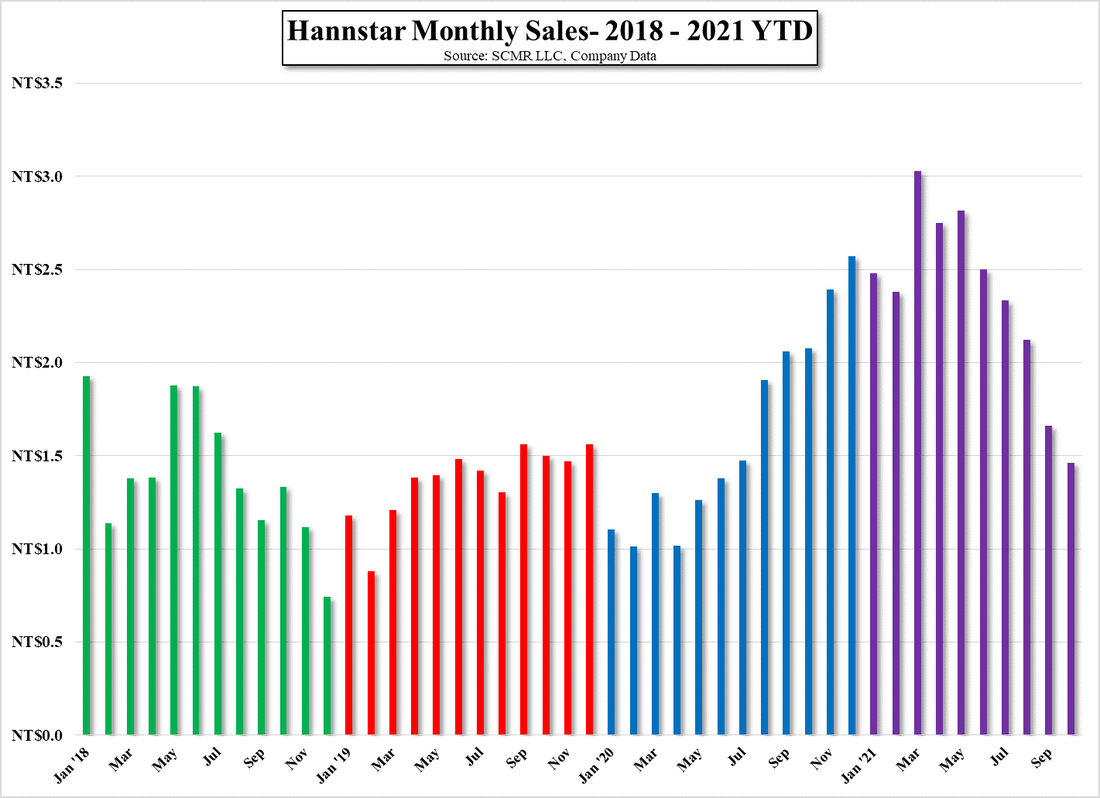



 RSS Feed
RSS Feed